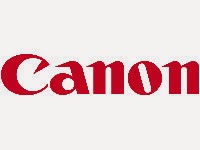
A 14-year-old's experiment could end up saving millions of dollars for federal and state governments. But so far, government officials have said it's not the type of economy they're looking for.
Suvir Mirchandani noticed he started getting more handouts in middle school than he had in grade school. Wanting to save the school district money, he put together a science fair experiment measuring which font used in school handouts used the least amount of ink.
As anyone who has purchased a printer cartridge can attest, ink is expensive. "Ink is two times more expensive than French perfume by volume," Mirchandani told CNN.
The Pittsburgh-area student tested four fonts, Garamond, Times New Roman, Century Gothic and Comic Sans to see which used the least amount of ink in printing various letters. Garamond came up the winner. Mirchandani calculated that his district could cut its ink usage by 24% and save $21,000 annually.
He published his findings in the Journal for Emerging Investigators (JEI), a publication founded by Harvard grad students that gives secondary school students a place to publish scientific projects. Its findings are subject to similar rigor as other academic journals.
JEI then asked Mirchandani to extrapolate his findings to the federal government. Based on the General Services Administration's (GSA) estimated cost of ink, which is $467 million annually, Mirchandani found the federal government could save nearly 30% of its ink costs, or $136 million a year, if it used Garamond exclusively.
The Government Printing Office (GPO) was lukewarm to Mirhandani's findings, however. Gary Somerset, GPO’s media and public relations manager, described the findings as "remarkable." But he wouldn't say whether the GPO would change its font. The office, Somerset said, is more concerned with efforts to shift content to the Web.
Source: AllGov











